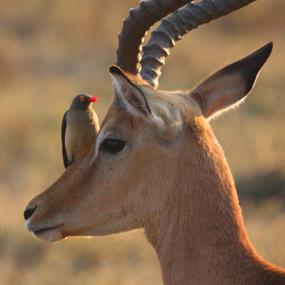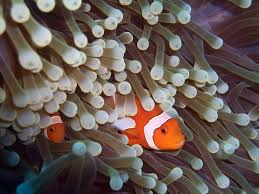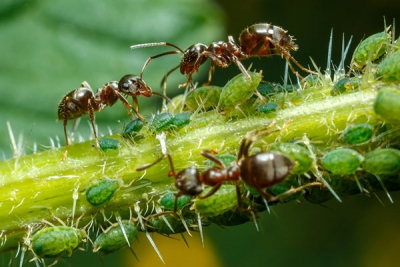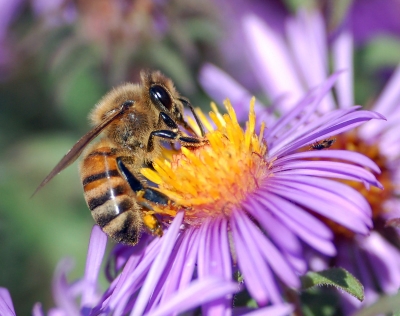What is the symbiotic relationship between remora and sharks?
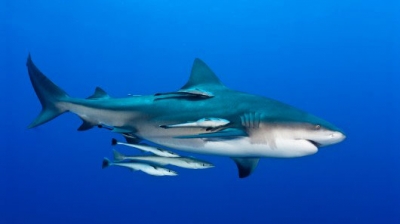
In some relationships, one organism ends up deriving all the benefits, and the other is not harmed or helped. The remora (or suckerfish) attaches itself to the host fish, usually a shark or a large fish, with its mouth. The shark unwittingly provides protection, transportation and food scraps from prey. The remora merrily enjoys all the benefits of this association.
Then there are the parasites. A parasite associates with its host and uses the host’s resources to flourish and reproduce, harming the host in the process. The adult tapeworm is a parasite that lives in vertebrate intestines. It takes up nutrients from the food, depriving the host of essential nutrients. Ticks, fleas and head lice are also parasites.
Picture Credit : Google
